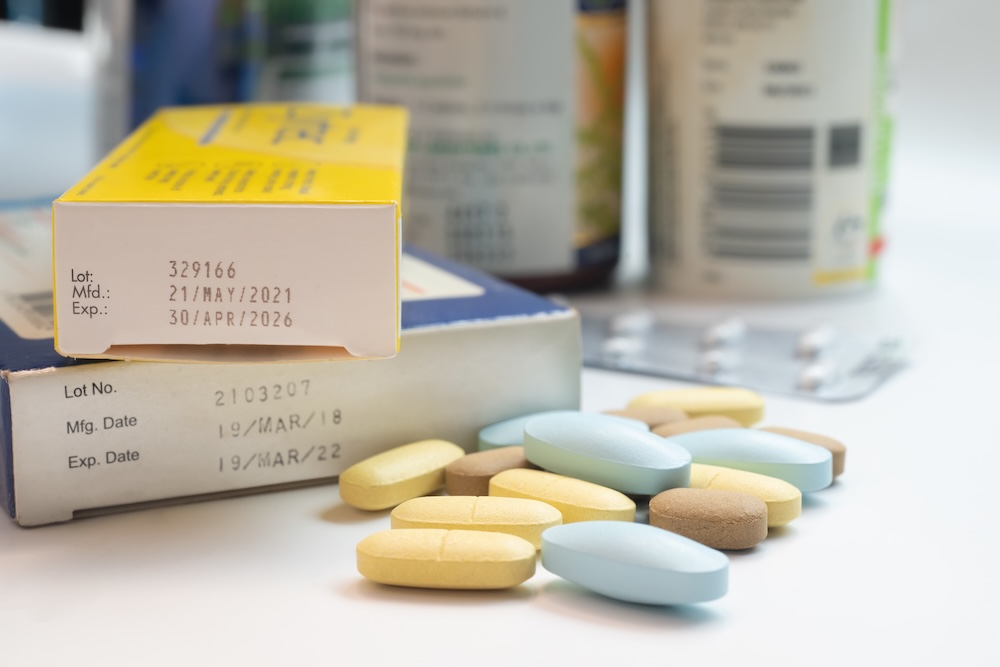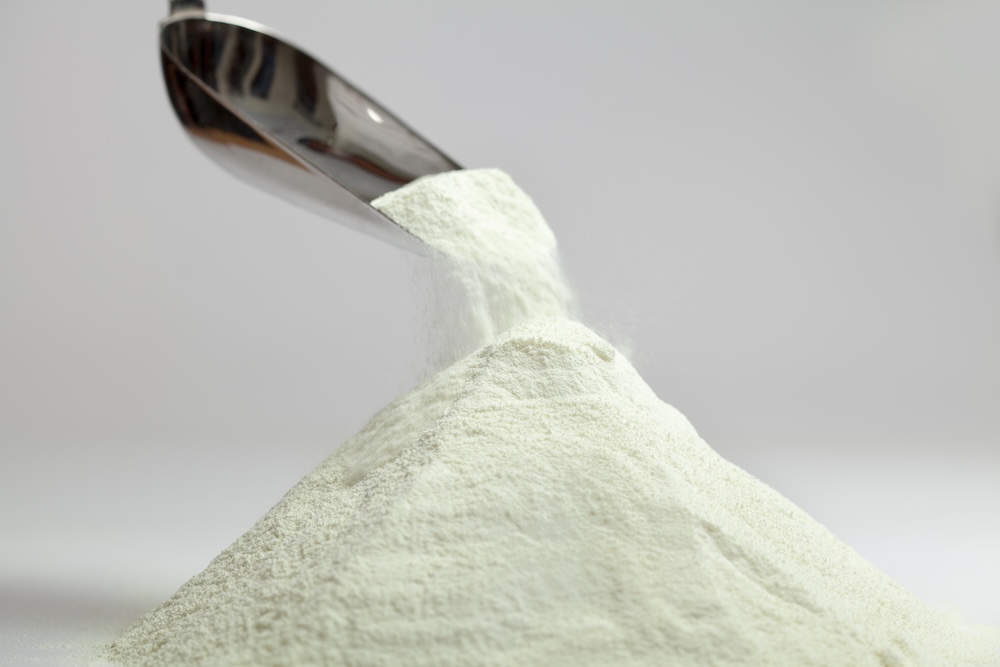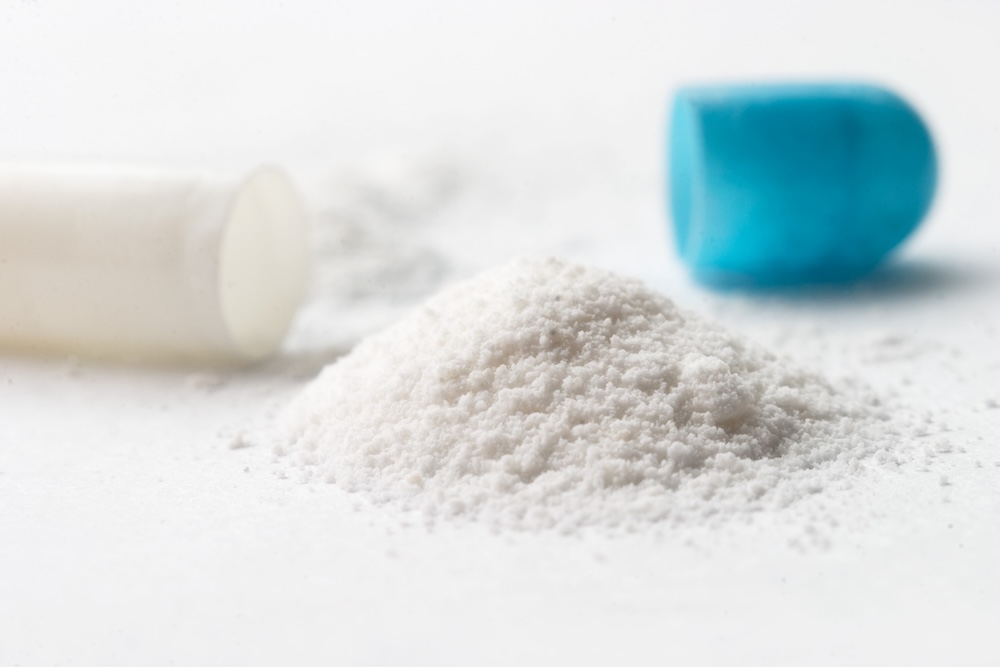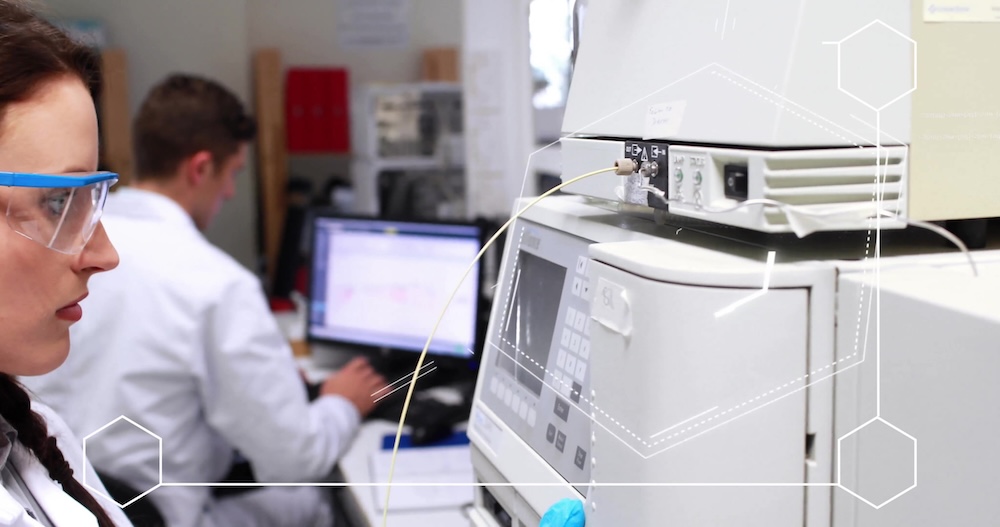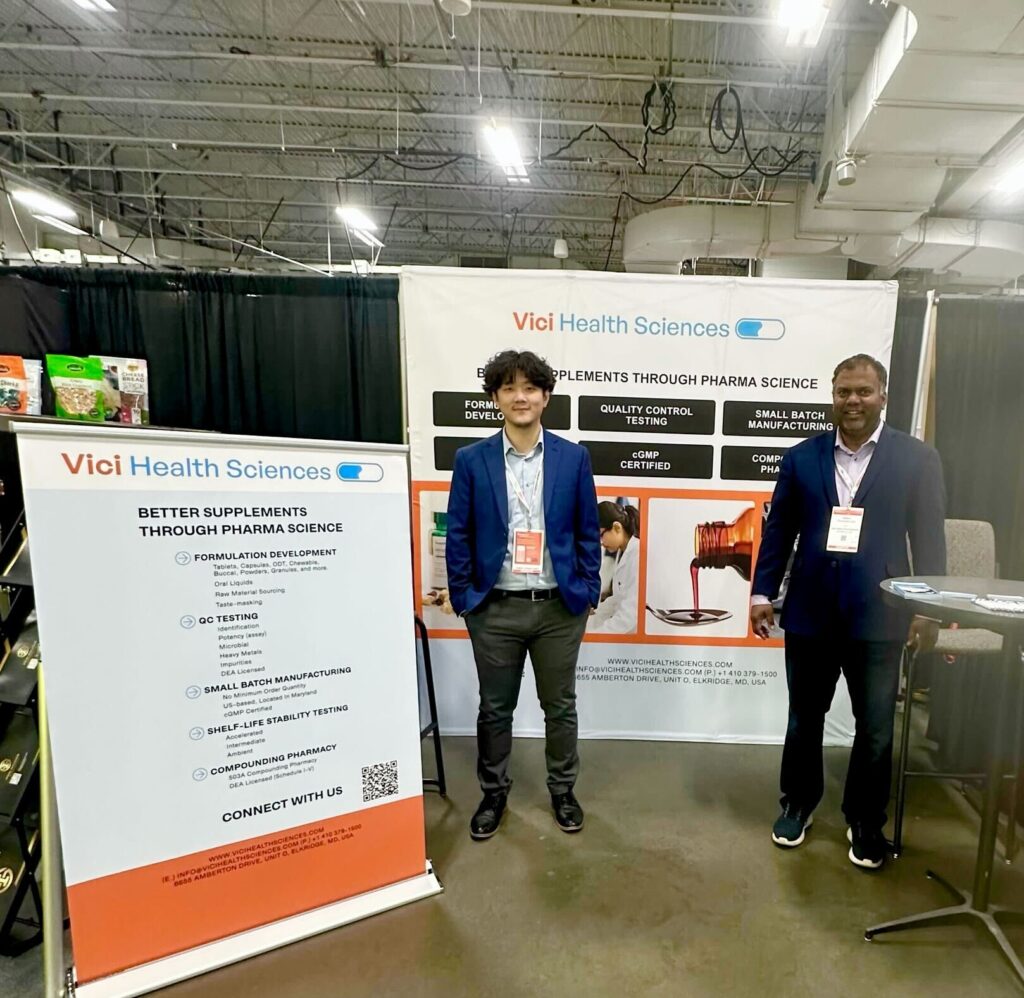An in-use stability study is performed to evaluate the chemical, physical, microbiological, and functional integrity of a pharmaceutical product after it has been opened or used but before it expires. This test is used to establish the shelf life and storage condition recommendations for pharmaceutical products after the primary packaging is opened. For example, oral solutions or suspensions may need to be discarded 30 days upon breaking open the seal and must be stored in room temperature below 25 degrees centigrade to prevent growth of microbial contamination.
Why is In-Use Stability Important?
Formal stability studies on registration batches are typically performed with the primary packaging remaining intact. For example, HDPE bottles are kept sealed in a ICH stability chamber and only opened just prior to testing in shelf life stability studies. However, in real life, once a patient opens a bottle, they may continue using the product but now the drug is more exposed to oxygen and moisture in the storage environment and possible microbial contamination from the patient. The shelf life assigned to the sealed bottle no longer applies and the in-use expiry date becomes important.
The goal is to ensure that the multidose product maintains its safety and efficacy throughout its intended use period, which may be influenced by factors such as exposure to air, light, temperature, or contamination. Customers expect the same level of quality throughout the entire life of a product. If the product deteriorates or becomes less effective after repeated use, it can lead to dissatisfaction, loss of brand loyalty, and even potential safety issues.
Regulatory bodies such as the FDA or EMA require manufacturers to test products for in-use stability to ensure that the products they release meet necessary standards.
Importance of Formulation and Packaging Components for In-Use Shelf Life
It is important to consider the in-use stability of product while developing formulations and selecting packaging components. This is particularly important for aqueous liquids or semisolids, and solid formulations containing highwater activity. Drug substances that are particularly susceptible to oxidation may need antioxidants as part of the formulation for establishing stability. Microbial contamination is of particular concern for multi-use containers containing sterile injectable, ophthalmic formulations, or oral liquid formulations. This is because typical use conditions for these drugs can easily introduce microbial contamination making the product unsafe. For such formulations, it is important to use an appropriate antimicrobial preservative such as parabens or sodium benzoate and perform potency assay on the antimicrobial preservative during stability testing. Antimicrobial preservative testing is also required to ensure that the preservative used remains effective throughout its shelf life.
How Do We Perform In-Use Stability?
Study design:
A batch should be tested near the end of its shelf life in the final packaging configuration. For more than one container size/strength, the in-use stability test is applied to the bracketing strengths of the product that presents the most significant susceptibility to change.
Testing design: Testing and appropriate intervals should simulate practical use, considering filling volume and withdrawal methods. At intervals, appropriate quantities should be removed using proper withdrawal methods. Sampling should take place under normal environmental conditions of use.
Testing should be performed at intermediate time points and at the end of the proposed in-use shelf life (For example, 0, 14, and 28 days) on the final remaining amount of the product in the container.
Testing parameters: Typically, the same parameters that are tested for drug product release are tested during an in-use stability study. The appropriate physical, chemical, and microbial properties of the product susceptible to change during storage should be determined over the proposed in-use shelf life. The tests used must be appropriate to individual dosage forms, including the following.
Physical: Appearance, color, clarity, particulate matter
Chemical: active substance assay(s), antimicrobial preservative and antioxidant content(s), degradation product level(s), pH
Microbial: Total viable count, sterility
Testing should be done using stability, indicating that analytical procedures and methods should be fully validated.
The results and data trend provide a conclusive idea on the packaging product labeling information regarding whether or not a declaration of in-use shelf life and additional storage conditions are necessary to add the in-use shelf life and in-use storage recommendations in the primary packaging, SPC, leaflet, and outer carton text.
In-use stability is more than just a technical requirement; it’s an essential element of delivering high-quality, effective, and safe products to consumers. At Vici, we are committed to ensuring that our products maintain their full efficacy throughout their lifecycle, providing our customers with the best possible experience from the first use to the last. We can help you develop products and establish shelf-life dating including performing in-use stability studies.
We will continue to innovate and improve our testing methods, formulations, and packaging to guarantee that the quality of our products meets the highest standards.



